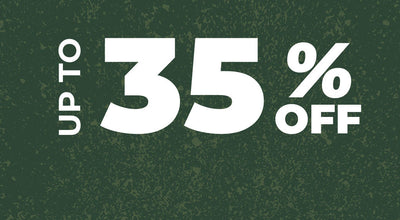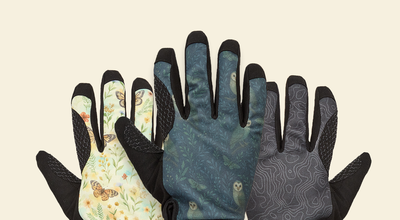Why Start an Edible Garden in the New Year
Why Start an Edible Garden in the New Year
As the new year begins, many of us are feeling the urge to reconnect with nature and take control of our food sources. As gardeners, there's no better way to do this than by starting your own edible garden. Not only do these gardens provide a bounty of fresh, delicious produce, but they also offer numerous other benefits. From saving money to improving your health, growing your own food can be a truly rewarding experience.

Where to Begin: Choosing Easy-to-Grow Plants
But where to begin? For new edible gardeners, the process can seem daunting. The key is to start small and build up as you gain experience. One tip that we recommend to new gardeners is to focus on plants that are easy to grow and well-suited to your climate and soil conditions.
Leafy Greens for Temperate Climates
For example, if you live in a temperate region with plenty of sunshine, leafy greens such as lettuce, spinach, and kale are a great choice. These plants are relatively low-maintenance and can be grown in a wide range of soil types. They also have a short growing season, so you'll be able to harvest your first crop in just a few months.

Herbs for Flavor and Health Benefits
Another option is to plant herbs, which are not only flavorful but also easy to care for. Basil, parsley, and cilantro are all great choices for new gardeners. In addition to adding flavor to your meals, herbs have numerous health benefits. For instance, basil is rich in antioxidants and has anti-inflammatory properties, while parsley is a good source of vitamin K and has been shown to improve digestion.

7 Steps to Start Your Edible Garden
To get started with your edible garden, follow these steps:
- Determine the best location for your garden. Look for a spot that gets plenty of sunshine and has well-draining soil. If your soil is poor, consider building raised beds or using containers.
- Choose easy-to-grow plants. As mentioned above, leafy greens and herbs are great choices for new gardeners. Other options include tomatoes, beans, and zucchini.
- Purchase seeds or seedlings. You can find a wide variety of edible plant seeds at your local nursery or online. If you're short on time, consider purchasing seedlings instead of starting from seeds.
- Prepare your soil. If you're planting in the ground, loosen the soil and mix in compost or other organic matter to improve the soil structure. If you're using containers, fill them with a high-quality potting mix.
- Plant your seeds or seedlings according to the instructions on the seed packet or the label of the seedlings. Make sure to space them properly and water them well.
- Keep your plants well-watered and weed-free. Water your plants regularly, but be careful not to over-water. Pull weeds as soon as you spot them to prevent them from competing with your plants for water and nutrients.
- Enjoy the fruits of your labor! As your plants grow and mature, you'll be able to harvest fresh, tasty produce from your garden. Remember to give yourself a pat on the back for all of your hard work.

Conclusion
By following these steps, you'll be well on your way to creating a thriving edible garden. Not only will you be able to enjoy the delicious fruits of your labor, but you'll also be doing your part to minimize your environmental impact and contribute. Starting an edible garden in the new year is a great way to reconnect with nature, take control of your food sources, and enjoy the many benefits that come with growing your own food. Happy planting and enjoy the fruits of your labor!












